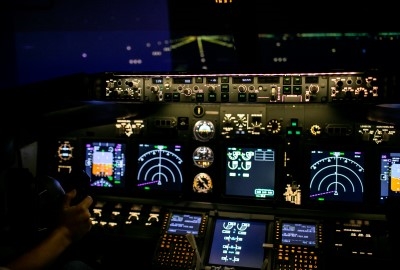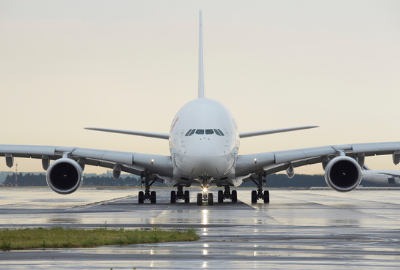Raytheon e-motor saves 30% fuel and CO2 on turboprop aircraft
Raytheon Technologies has successfully completed the first engine run of the company’s regional hybrid-electric flight demonstrator. The electric engine helps reduce fuel burn and CO₂ emissions by up to 30% compared to today’s most advanced regional turboprop aircraft.

Raytheon’s e-motor technology enables more efficient engine performance during the different phases of flight, such as take-off, climb, and cruise. The successful first run of the propulsion system took place at Pratt & Whitney’s innovation facility in Longueuil, Quebec. The system integrates a 1 MW e-motor developed by Collins Aerospace with a highly efficient Pratt & Whitney fuel-burning engine specially adapted for hybrid-electric operation.
According to a report by InceptiveMind, Raytheon’s hybrid-electric propulsion technology offers potential to optimize efficiency across a range of different aircraft applications, helping the industry meet its ambitious goal for achieving net zero CO₂ emissions.
For further testing, the novel e-motor will be mounted inside a De Havilland Canada Dash 8-100 aircraft, serving as the platform for future flight demonstrations. Raytheon and its partners expect the first working prototype to be ready to fly by at least the beginning of 2024, with full-scale commercial production to start soon afterward.


